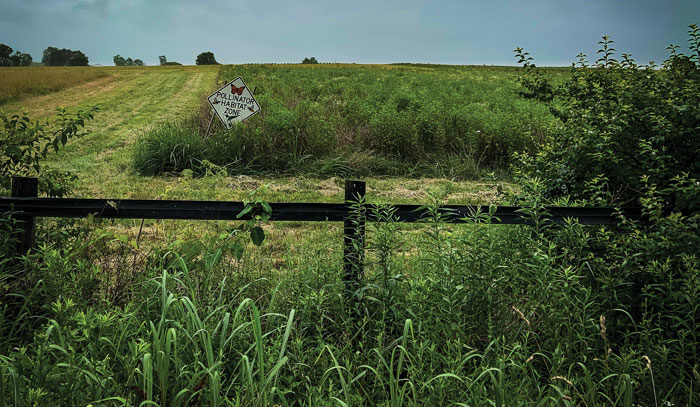No-Till Farmer
Get full access NOW to the most comprehensive, powerful and easy-to-use online resource for no-tillage practices. Just one good idea will pay for your subscription hundreds of times over.

HIGH PRIORITY PRACTICES. If you include prioritized practices in your EQIP or CSP application, your odds of receiving funding go up. For instance, if pollinator habitats are a high priority for your region, committing even just 1 acre to that can give you an edge over other applicants. Check with the NRCS to learn what resource concerns they’re focused on.
Most growers don’t realize just how many opportunities there are to fund new conservation practices
That’s what Jared Knock has learned in his work as the lead of business development for Millborn Seeds, a cover crop and specialty seed company. A no-tiller and rancher himself, he often helps other farmers understand what cost-share incentive programs are available to fund conservation practices.
And there are plenty of opportunities — Knock identified 19 programs just in South Dakota that financially support farmers who grow a perennial crop on degraded farm ground.
Realizing that many farmers were unaware of all the programs that exist, he created AgSpire, a business focused on helping connect farmers to companies that want to help the environment.
While the different opportunities and dollar amounts that growers can receive vary throughout the country, Knock shared some nationwide programs no-tillers should consider applying for, his tips for increasing your chances of receiving funding, and how to identify other potential financial sources.
The two programs no-tillers are most likely to be familiar with are the ones funded through the USDA NRCS: Environmental Quality Incentives Program (EQIP) and Conservation Stewardship Program (CSP). These programs financially support farmers in implementing environmentally beneficial practices, such as cover cropping, micro-irrigating or nutrient management.
There are almost 200 conservation practices that farmers can apply to receive funding on, ranging from simple baseline practices to extremely complex.
There are even gradients within the practices. For instance, if a farmer wants to…